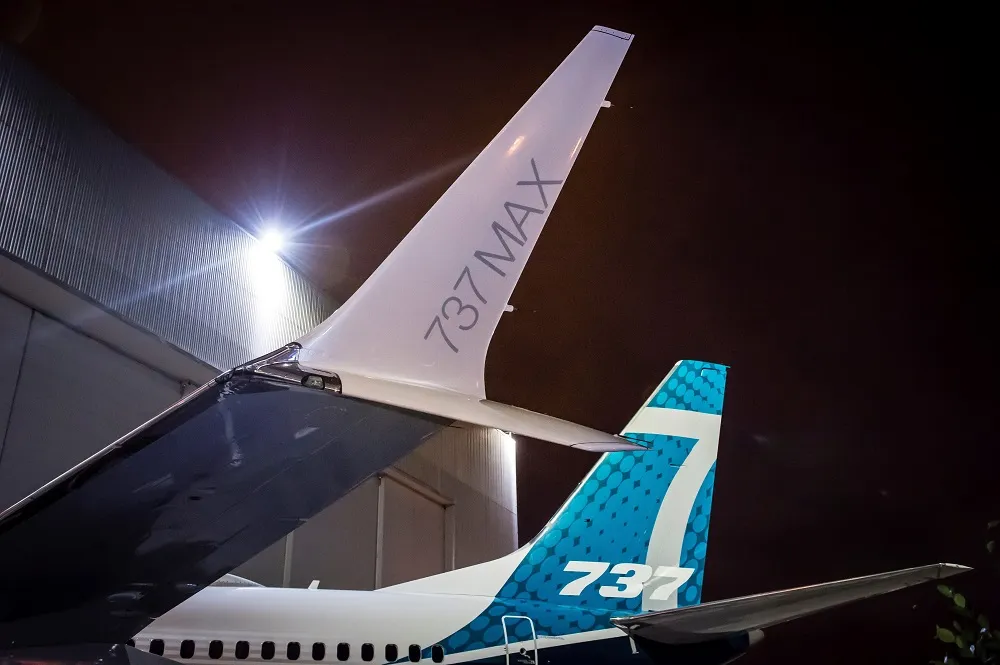
Massive effort to re-certify 737 MAX
Nov 18, 2020

The re-certification of the Boeing 737 MAX has involved a comprehensive and rigorous process following the aircraft's grounding due to two tragic accidents. Regulatory agencies, including the FAA, have implemented extensive reviews of the aircraft's design, software systems, and safety protocols. Boeing has made significant modifications to the flight control system, particularly the Maneuvering Characteristics Augmentation System (MCAS), to enhance safety and prevent similar incidents. The effort includes thorough pilot training programs and increased scrutiny of maintenance practices. This meticulous approach aims to restore confidence among airlines, pilots, and passengers in the safety of the 737 MAX fleet.
Understanding the 737 MAX Re-Certification Process
The re-certification of the Boeing 737 MAX has been a significant undertaking, encompassing various stages of testing and evaluation to ensure the aircraft's safety and reliability. This massive effort is crucial not only for Boeing's reputation but also for the airline industry as a whole, as it seeks to regain passenger confidence post-grounding. The re-certification process includes extensive assessments of software updates, pilot training, and operational procedures, making it a comprehensive initiative.
Key Steps in the Re-Certification Process
The re-certification process of the 737 MAX involves several critical steps:
| Step | Description |
|---|---|
| Software Updates | Implementing necessary software modifications to address issues identified during the initial investigations. |
| Simulated Flight Tests | Conducting a series of flight simulations to evaluate the effectiveness of the updates under varied scenarios. |
| Regulatory Review | Engaging with regulatory bodies, such as the FAA and EASA, to ensure compliance with safety standards. |
| Pilot Training Programs | Updating training protocols for pilots to familiarize them with the new systems and safety measures. |
| Operational Checks | Performing thorough inspections and operational checks before reintroducing the aircraft into service. |
Importance of Regulatory Oversight
Regulatory oversight is a cornerstone of the 737 MAX re-certification process. Authorities like the Federal Aviation Administration (FAA) and the European Union Aviation Safety Agency (EASA) play vital roles in ensuring that the aircraft meets stringent safety standards. The collaboration between Boeing and these regulatory bodies has been crucial in developing a robust re-certification strategy.
This relationship not only helps in identifying potential safety issues but also fosters transparency and accountability. Both the FAA and EASA have conducted extensive reviews of Boeing’s proposed changes, ensuring that the re-certification process is thorough and effective.
Challenges Faced During Re-Certification
Despite the meticulous planning and execution involved in the re-certification of the 737 MAX, several challenges have emerged:
- Public Perception: Restoring public confidence after two tragic accidents remains a significant hurdle.
- Regulatory Delays: The complexity of the certification process has led to delays, impacting airlines and manufacturers alike.
- Financial Implications: The costs associated with the re-certification process are substantial, affecting Boeing's financial health.
Restoring Trust in the Aviation Industry
One of the primary goals of the 737 MAX re-certification is to restore trust in the aviation industry. Airlines and manufacturers are working diligently to ensure that the aircraft is safe for passengers. Enhancements made during the re-certification process are designed not only to comply with regulatory standards but also to exceed them.
Efforts include improving communication with airlines and stakeholders, enhancing pilot training programs, and implementing more rigorous safety checks. These initiatives aim to build a transparent environment where safety is prioritized, and the lessons learned from past incidents are integrated into future practices.
Conclusion: A New Era for the 737 MAX
The massive effort to re-certify the Boeing 737 MAX is a testament to the aviation industry's commitment to safety and excellence. By addressing previous shortcomings and implementing comprehensive changes, Boeing is paving the way for a new era in commercial aviation. As the re-certification process progresses, stakeholders remain hopeful that the 737 MAX will return to the skies, embodying a renewed focus on safety and reliability.
The collaboration between Boeing, regulatory authorities, and airlines will be crucial in ensuring a successful re-launch. Moving forward, the lessons learned from this experience will shape the future of aircraft design and regulatory practices, ultimately benefiting passengers and the aviation community as a whole.
Related Articles

Explore Thailand: The Best Islands to Visit for Paradise, Adventure, and Relaxation

The Ultimate Guide to the Best Islands in Thailand for Your Next Getaway

Do babies need passports? How to get a passport for a newborn

How to get a U.S. passport fast: here’s how to expedite the process

What is Mobile Passport Control: 5 reasons why you should use it

SENTRI vs. Global Entry: A detailed guide

Do you need a passport to go to the Bahamas? Let’s find out

Do you need a passport to go to Mexico? A detailed guide

Do you need a passport to go to Canada? We got the answer

Do You Need a Passport for a Cruise: An Essential Travel Guide

Booster Seat Requirements: All the Rules to Follow in Your Rental Car

What Are the World’s Most Powerful Passports, and How Does Yours Rank?

How to Take a Passport Photo at Home: A Helpful Guide

You've got to have heart! Southwest's new livery

Your opinion: Should water be free on low cost carriers?

Young women bolder than guys as solo travellers
